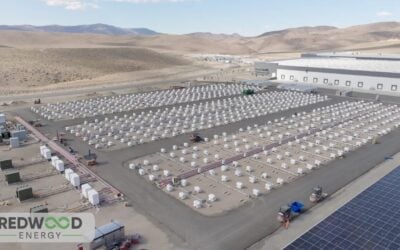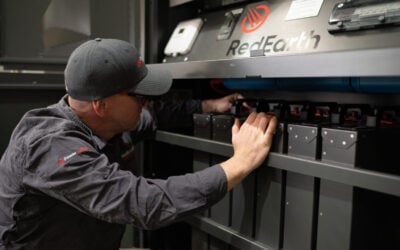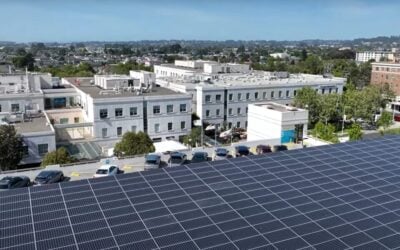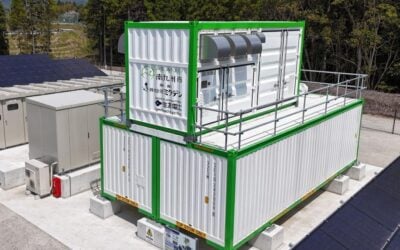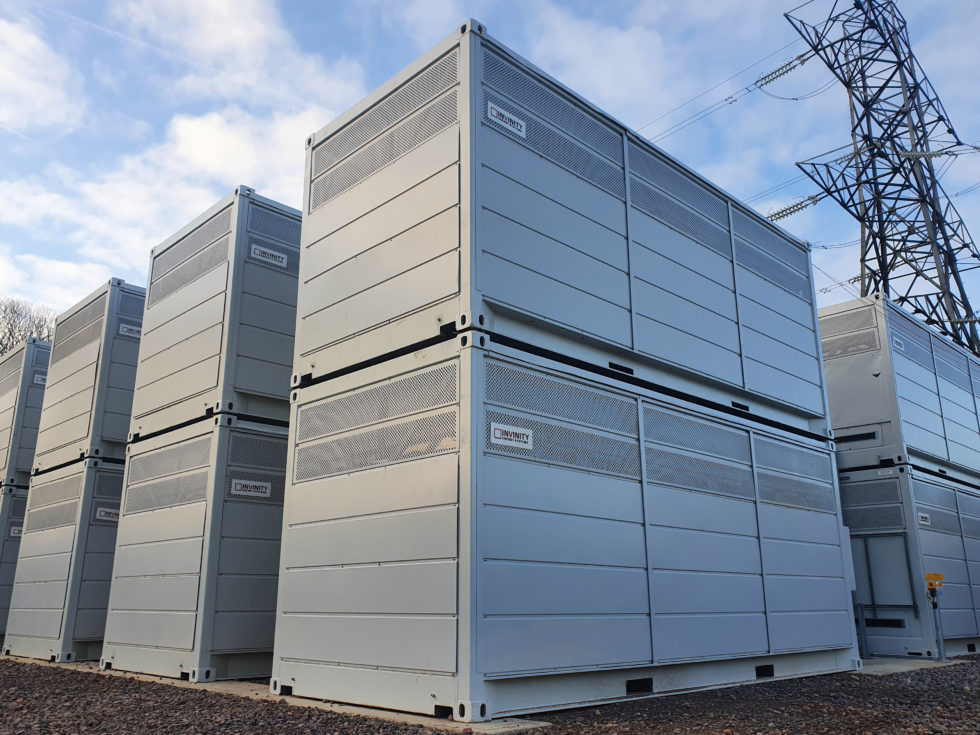
Hitachi Energy has partnered with Nevada Vanadium, a company developing what could be the US’ first-ever primary vanadium source, to power the mine entirely from renewable energy.
Nevada Vanadium Mining Corp (Nevada Vanadium) is developing Gibellini, an open pit mine in the western US state’s Battle Mountain region.
Enjoy 12 months of exclusive analysis
- Regular insight and analysis of the industry’s biggest developments
- In-depth interviews with the industry’s leading figures
- Annual digital subscription to the PV Tech Power journal
- Discounts on Solar Media’s portfolio of events, in-person and virtual
The company anticipates the start of operations at the facility in 2024. A recently completed preliminary economic assessment (PEA) of the site demonstrated that an after-tax 25.4% internal rate of return (IRR) on investment could be achieved at an assumed average vanadium pentoxide price of US$10 per pound (0.45kg).
That would mean a payback period of two-and-a-half years on US$147 million capital expenditure required to get the mine started, according to the PEA which Nevada Vanadium commissioned consultancy Wood Group to produce.
Vanadium is used as an additive in steel for construction, which makes the steel much stronger with just a small amount of vanadium, reducing the weight, volume and therefore carbon footprint of steel used in that industry.
It also has industrial uses in defense, aerospace and other manufacturing sectors, as well of course as the electrolyte in vanadium redox flow batteries (VRFBs) for stationary energy storage. Although the stationary storage sector remains a marginal consumer, it is expected that will rise considerably in the coming years.
One recent report predicted that vanadium production worldwide could be doubled to meet demand for stationary energy storage applications by 2031. US Energy Secretary Jennifer Granholm is known to be enthused on the prospects of flow batteries for grid storage.
In a 2020 presentation, Nevada Vanadium VP for environment and sustainability said that the Gibellini mine could be capable of producing 10 million pounds of vanadium annually, which would be equivalent to about 50% of US demand today – all of which is met by imports at present, Ron Espell said.
At present, there are only three vanadium producers from primary resources in the world, Largo Resources, which mines vanadium in Brazil, Bushveld Minerals in South Africa and Glencore, also in South Africa. Both Largo and Bushveld are becoming involved in the flow battery space, establishing subsidiaries focused on energy storage.
However, these producers only account for about 15% to 25% of vanadium used by industry, with the vast majority coming from secondary producers in Brazil and China, where vanadium is extracted as a byproduct of steel manufacturing.
Other primary vanadium resources are being developed elsewhere, notably in Australia, where the vanadium flow battery was invented.
Back in 2014, this site interviewed the CEO of American Vanadium, a now-defunct company which was developing a vanadium mine in Nevada from which it wanted to base its own flow battery production.
Nevada Vanadium mine will be 100% renewable powered
Nevada Vanadium said today that Hitachi Energy has been selected to develop renewable energy supply for Gibellini that will enable the facility to be self-sufficient and reliable around the clock.
Hitachi Energy will consult with the mining company on the requirements for the site, which Nevada Vanadium believes could be powered with a microgrid running on solar and equipped with battery energy storage system (BESS) technology, which can also provide back up to ensure continuity of operations.
Hitachi Energy, formerly known as Hitachi ABB Power Grids, has its own battery storage solution range and digital energy management and controls platforms, as well as other related technology and services in its portfolio.
The tech company will work with M3, the contractor designing the mine itself, and look at the operating profile and power consumption of mines, equipment demands under normal, emergency and transient operations, interconnection to the grid from the site and the possibilities of extending the power supply’s scope to also delivering energy to local communities.


